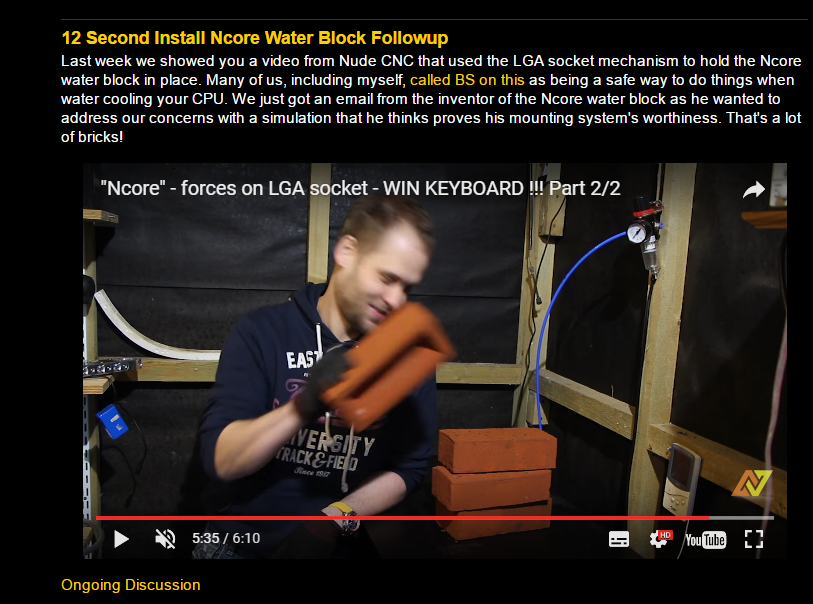mullet
[H]ard|Gawd
- Joined
- Aug 19, 2004
- Messages
- 2,024
Ahhhh ok the light bulb went off. Gotcha thx for the paperback version icpiper lol.
With out having additional support on the mobo it is just to much weight in a concentrated area of the CPU.
With out having additional support on the mobo it is just to much weight in a concentrated area of the CPU.
![[H]ard|Forum](/styles/hardforum/xenforo/logo_dark.png)

